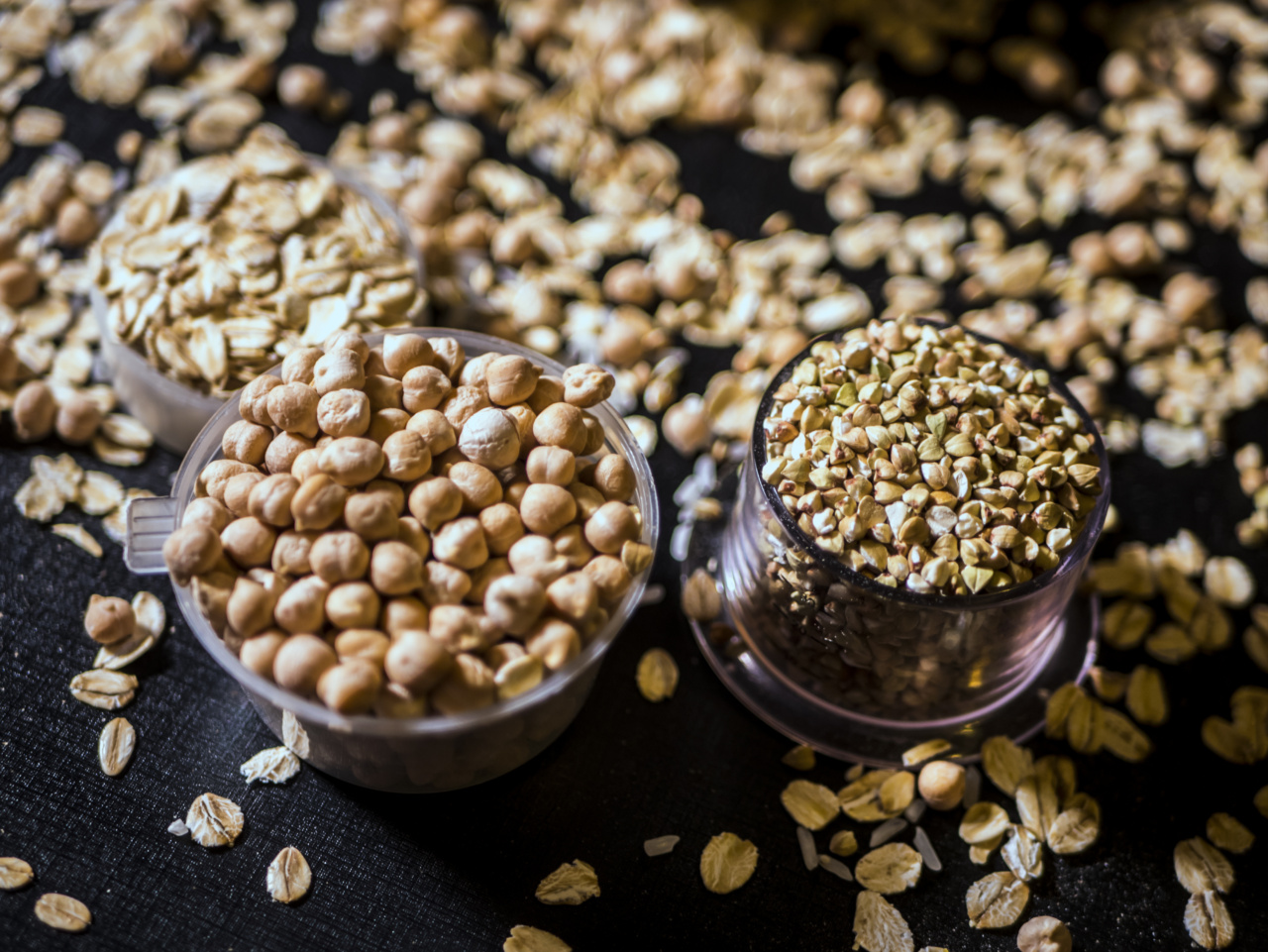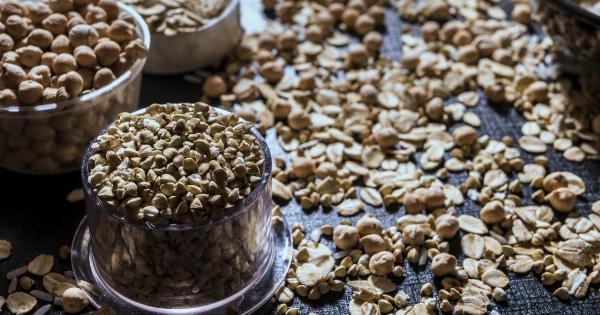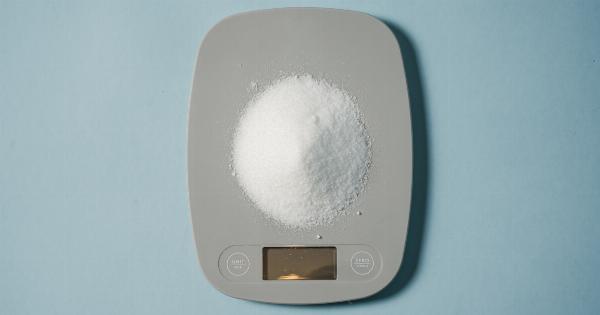Whole grains have long been touted as a healthier alternative to refined grains. They are often praised for their high fiber content and various nutrients.
However, there has been some debate about whether whole grains are truly healthier or if they are just another health fad. In this article, we will delve into the evidence and discuss the benefits and potential drawbacks of consuming whole grains.
What are Whole Grains?
Whole grains are grains that contain all three parts of the grain kernel – the bran, germ, and endosperm. Some examples of whole grains include whole wheat, brown rice, oats, quinoa, and barley.
These grains are considered “whole” because they have not undergone the refining process that removes the bran and germ, which are rich in nutrients.
The Nutritional Benefits of Whole Grains
Whole grains are packed with essential nutrients that contribute to a balanced diet. Here are some of the key nutrients found in whole grains:.
Fiber: Whole grains are an excellent source of dietary fiber. Fiber plays a crucial role in maintaining a healthy digestive system, regulating cholesterol levels, and controlling blood sugar.
Vitamins and Minerals: Whole grains contain a variety of vitamins and minerals, including B vitamins (thiamin, riboflavin, niacin, and folate), magnesium, iron, and selenium.
Antioxidants: Some whole grains, such as quinoa and barley, are rich in antioxidants, which help protect the body against oxidative stress and chronic diseases.
Phytochemicals: Whole grains also contain phytochemicals, such as lignans and phytic acid, which have been associated with various health benefits, including reduced risk of heart disease and certain cancers.
The Health Benefits of Whole Grains
Consuming whole grains as part of a balanced diet has been linked to numerous health benefits. Here are some of the key advantages:.
Lower Risk of Heart Disease: Studies have consistently shown that a high intake of whole grains is associated with a reduced risk of heart disease.
The fiber, antioxidants, and phytochemicals present in whole grains contribute to this protective effect.
Improved Digestive Health: The high fiber content of whole grains promotes regular bowel movements and prevents constipation. Additionally, it supports the growth of beneficial gut bacteria and helps maintain a healthy gut microbiome.
Weight Management: Whole grains tend to be more filling than refined grains due to their higher fiber and nutrient content. This can help control appetite and reduce the risk of overeating, potentially aiding in weight management.
Reduced Risk of Type 2 Diabetes: Several studies have found that individuals who consume more whole grains have a lower risk of developing type 2 diabetes.
The fiber and nutrients in whole grains may improve insulin sensitivity and regulate blood sugar levels.
Lower Risk of Certain Cancers: Some studies suggest that a high intake of whole grains may help reduce the risk of colorectal cancer, pancreatic cancer, and other types of cancer.
The fiber and antioxidants in whole grains may play a role in this protective effect.
The Potential Drawbacks of Whole Grains
While whole grains offer numerous health benefits, it is important to consider certain drawbacks:.
Gluten Sensitivity: For individuals with gluten sensitivity or celiac disease, whole grains such as wheat, barley, and rye can cause digestive symptoms and damage to the small intestine.
Gluten-free whole grains like quinoa and brown rice are better alternatives for these individuals.
Caloric Density: Whole grains, like all grains, contain calories. Consuming large quantities of calorie-dense whole grains without considering portion sizes may contribute to weight gain.
It’s important to consume whole grains in moderation as part of a well-balanced diet.
Anti-Nutrients: Whole grains contain components known as anti-nutrients, which can interfere with the absorption of certain minerals like iron and zinc.
However, the negative impact of anti-nutrients can be minimized through proper cooking methods like soaking or fermentation.
Incorporating Whole Grains into Your Diet
If you decide to include whole grains in your diet, here are a few tips to help you make healthier choices:.
Read Labels Carefully: Look for products labeled as “100% whole grain.” Be cautious of terms like “multi-grain,” “stone-ground,” or “wheat flour,” as they may not necessarily indicate whole grain content.
Experiment with Different Grains: Try incorporating a variety of whole grains into your meals, such as quinoa, buckwheat, millet, or wild rice. This can help diversify your nutrient intake and prevent monotony in your diet.
Substitute Refined Grains: Swap refined grains like white bread, white rice, and regular pasta with their whole grain counterparts. This simple substitution can significantly increase your whole grain intake.
Cook from Scratch: Opt for homemade meals using whole grain ingredients whenever possible. This allows you to have greater control over the quality and quantity of whole grains in your dishes.
The Verdict
Whole grains are undoubtedly a healthier choice compared to their refined counterparts. Their high fiber content, essential nutrients, and associated health benefits make them a valuable component of a balanced diet.
While they may not suit everyone, individuals without gluten sensitivity can enjoy a wide range of whole grains to diversify their meals and reap the benefits they offer.
However, as with any food group, moderation is key. It’s important to be mindful of portion sizes, especially if weight management is a concern.
By incorporating whole grains strategically and alongside a variety of other nutrient-dense foods, you can optimize your health and overall well-being.































